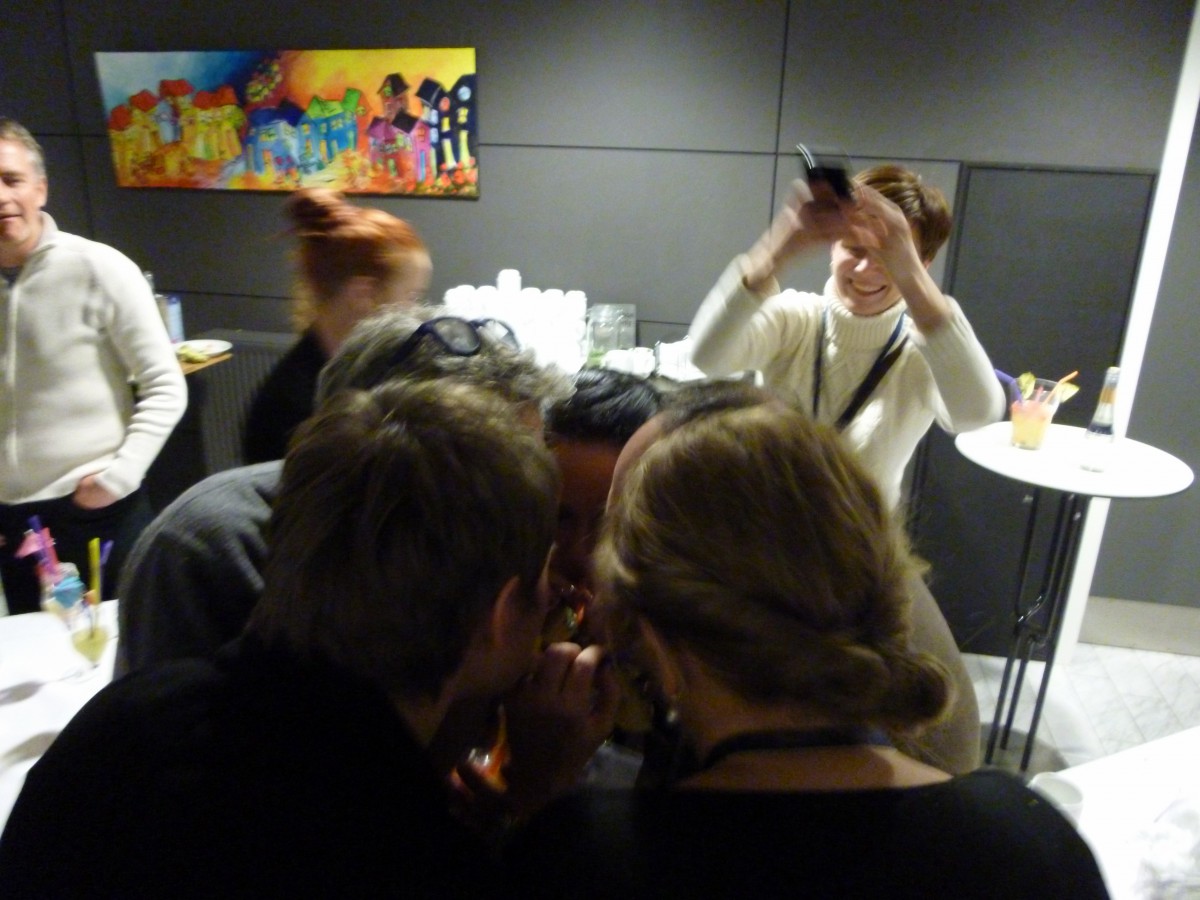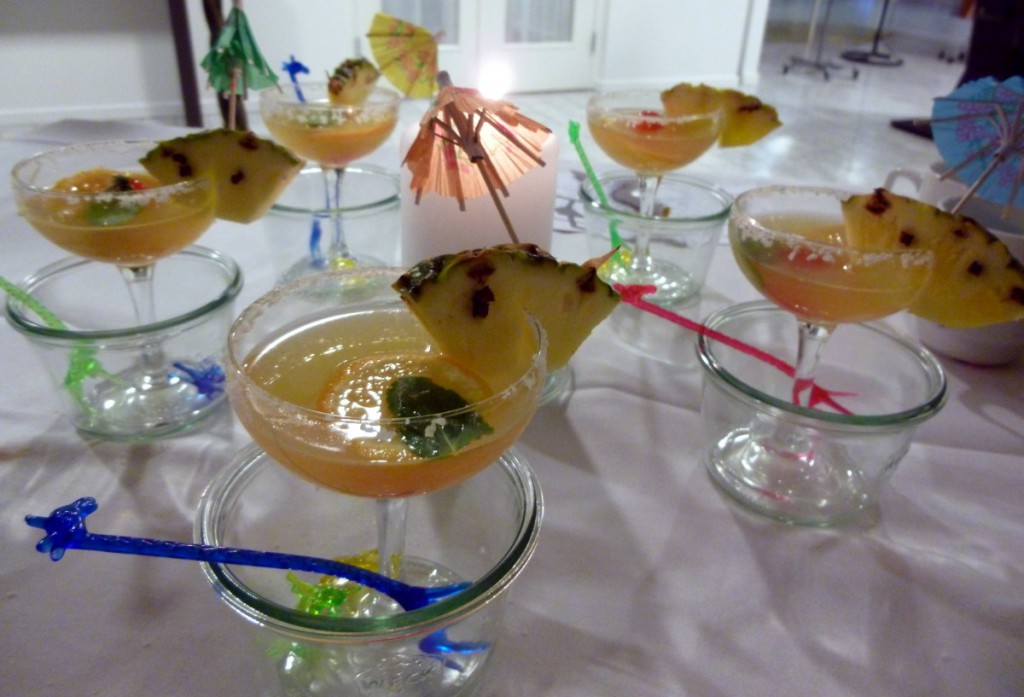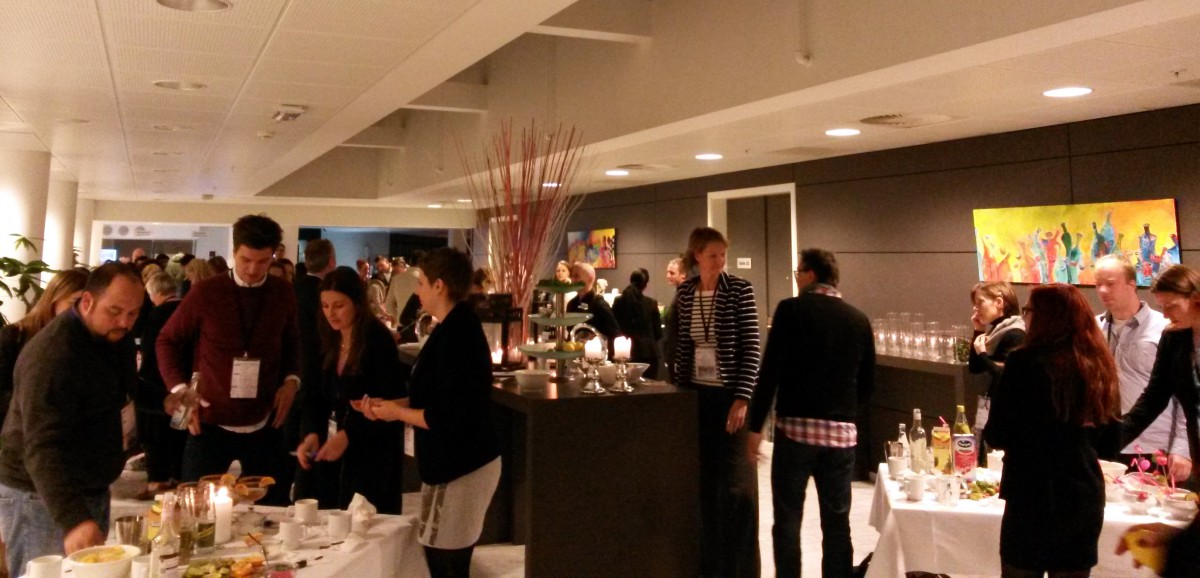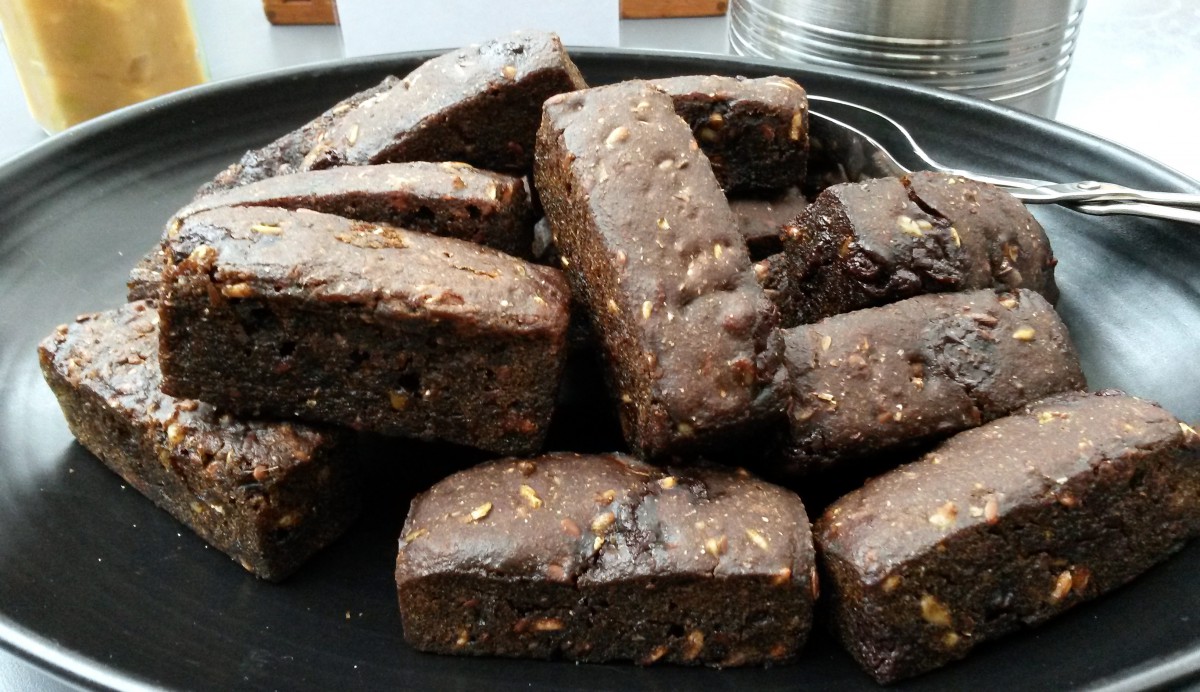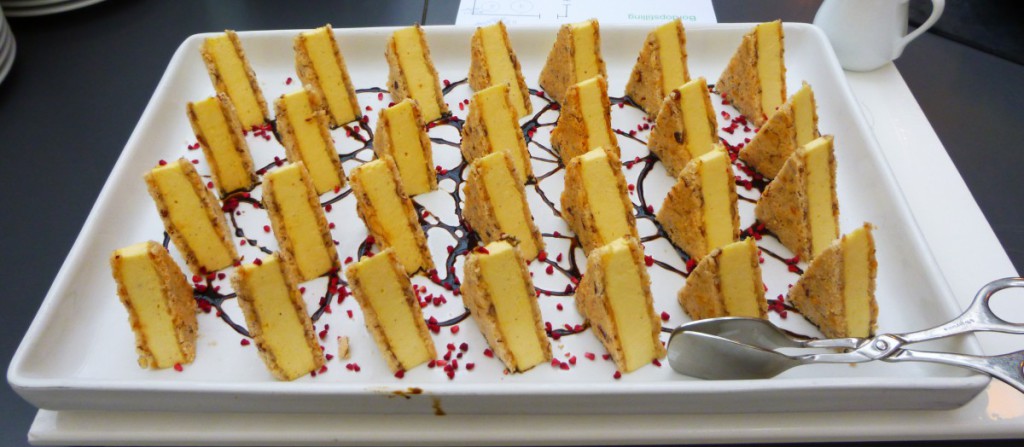Last Monday I hosted #EventPlannersTalk about the big industry debate – Experience vs. Academia. While all participants agreed that degree is not necessary to get a job in the events industry and experience is key, all agreed that some education about event management is necessary and that can be gained at trade shows, reading industry press, blogs, social media, association events and learning from each other. Having a BA in International Event Management from Regent’s University London I see the importance of education in event management. But, even though I obtained a degree I understand that the industry doesn’t stay still and further education will always be key to stay competitive in this fast paced industry.
After attending the MIND fam-trip last December in Copenhagen, I was offered to stay two more days for the Meetovation training course. It was the second time this training was offered to international planners and we were a mixed group of participants from Germany, Italy, France, Holland, US and the UK.
The Meetovation is a Danish meeting design concept and its primary aim is to create a better ROI on meetings through four pillars: active involvement, creative set-up, local inspiration and responsible thinking. In my recent post I covered how to gain higher ROI on meetings by using the four principles and now I would like to give you some backstage from the training course. The training took place at the Bella Centre – connected to the beautiful Bella Sky Commonwell Hotel where we also stayed overnight. The Meetovation training provided very useful tricks and tips on how to create energy, increase participant interaction, gave methods to improve knowledge sharing and lastly to support networking.


My room at the Bella Sky Comwell Hotel Copenhagen

View from my room
Own your meeting space – Design the Room
Have it ever happened to you that you were brought to a disordered meeting room? It never happened to me until the Meetovation. Arriving there at 9am in the morning and seeing this set-up brought a big question mark about what’s to come – but that meant only one thing – the training course has officially started! Our meeting facilitators Bo Krüger and Ann Hansen split us in three groups and each got a different task in regard to designing the room – functionality: to find space for presentations, group work and exercises. Inspiration – make it inspiring for learning, ideas and relaxation and lastly make a surprising and welcoming entrance.
That exercise was to demonstrate that participants can own their meeting space. By owning your meeting space you feel creative, inspired, it is more personal because it was made by you and not by ones who don’t know you. I never thought about it that way before and that is one of the biggest takeaways from the training. Not only you design the learning environment you want, but you also relate to each other within the first hour of the meeting.

Before


After
After the room was set, it was time to create a welcoming and guiding entrance – have a look at ours.

Ice breakers and energy boosters
Ice breakers and easy exercises to kick off your meeting or use after lunch are ideal to use at every meeting. Here are few examples:
1. Where are you from? – In addition to the traditional introduction of name, hometown, profession etc., add the questions how many years of experience participants have. After everyone presents it is interesting to see the total number of years of experience in the room! Our experience totalled to 197 years! Knowing how much experience everyone has can be used at other exercises as well, such as forming groups based on the number of years of experience.

2. Ping Pong – is ideal for some physical movement, laughing and focus! In couples – decide who is ‘ping’ and who is ‘pong’ and start play back and forth for a minute or so. To go one level up, when the moderator claps the players to change – and the one that says ping is now pong. Lasts 2 – 4 minutes but great fun!*
3. Dilemma Method – This method is good for bringing everyone to participate in an important dilemma. It is used to kick-start a discussion and activates participants’ natural curiosity. The 10-15 minutes exercise fulfils three purposes: to gain new knowledge about each other, make everyone engage in the subject and makes everyone to go out to the floor. You start the exercise by finding a business dilemma, e.g. – what is the most important for making a successful change – the leaders or employees. You write it down on two pieces of paper and place them in two different locations in the room (one saying leaders and one employees) and ask the participants to place themselves to the statement they agree with the most. When they have placed themselves, interview the ones from the outer lines and from the middle and ask them why they have chosen this position. Eventually, ask them to speak to their neighbours*.
Have a meeting facilitator
Ice breakers, energisers and networking sessions sound easy, but the reality is that to make the most out of it you need a good meeting facilitator. Facilitation can be of course executed by the planner, CEO or one of the participants – but how about hiring a professional meeting facilitator. Our two facilitators Bo Krüger and Ann Hansen did such an amazing job and every exercise was perfectly coordinated and fulfilling for us – we learned and had so much fun!
Now you probably ask yourself – yes participants seem to have fun, BUT, how do we convince our clients with fixed mind set to be open to try new meeting design? What we – with 197 years of event experience asked our facilitators. Testimonials are very important – ask the participants if they liked it, if they learned more (learning from each other is more effective than from slides), what is their takeaway on the meeting etc. Secondly of course need to be clear on the investment – financial and HR, and professional meeting facilitators can definitely assist you with it. I definitely can see the value in it.

Our meeting facilitator Bo Krüger talks about making meeting more engaging – no more boring meetings

Our meeting facilitator Ann Hansen moderates group activity
Case study
Case study is a fantastic method for participants to implement their knowledge. We got a case to organise a strategy kick off meeting for HR managers from car accessories sector and plan an event around the purpose of the meeting: present the new HR strategy, develop on subjects such as internal communication, recruitment process, motivation of staff and individual development planning. Lastly to include social elements that help people to get to know each other better. In addition to that – the event needed to reinforce three company values: loyalty, excitement, and development. After the initial brainstorming session we got a kit from Ann – “meet in a box” that is to visualise our meeting concept. This kit included all major venues in Copenhagen, seating styles, catering, transportation etc. to possibly visualise the meeting to potential clients. Loved that concept!

Welcome to Pimp-it-up HR kick-off!

Values are integrated into the entrance and the first to be seen by attendees

My case study team
Looking at the case study brief, was just one of the examples how complicated event briefs become and how many aspects of the event need to be covered, and very often with tight budgets. That is why education and knowledge sharing with other event planners is becoming increasingly important in our industry. All such trainings and networking opportunities will provide planners with plenty of resources to turn to when necessary. A good meeting designer will have a tool box, which is beyond the traditional power point and will use each method to address meeting objectives of its clients. I can’t express enough how much I have enjoyed this training and how useful it was. I highly recommend keeping an eye on upcoming Meetovation training and applying. I was glad to discover that Copenhagen will host the EMEC congress in 2016 and I have pinned it already in my diary, as this will be for sure fantastic opportunity to refresh knowledge and resources! Leaving this training I felt most inspired than ever to make my events more fun, more educating, more memorable – but more important with higher ROI.
During the training we were also tweeting so you can see all live tweets with more quotes here.




Happy in Copenhagen!
*Reference – Meetovation training course handbook


